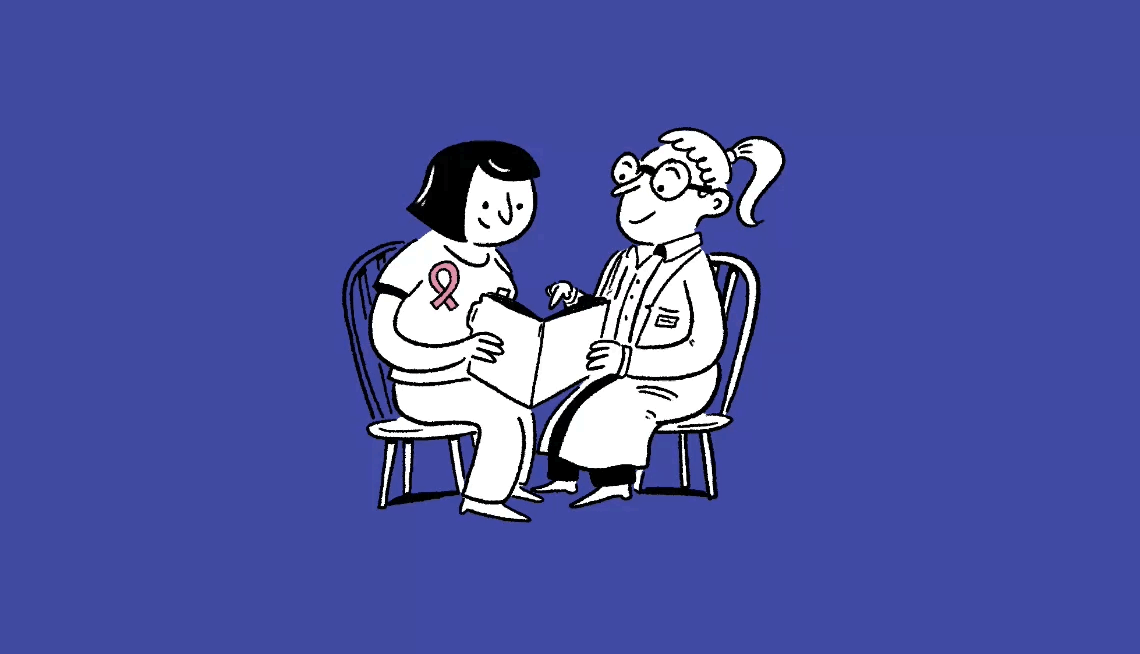AARP Hearing Center


I had radiation and chemo from breast cancer treatments decades ago. What do I need to worry about as I get older?
For many breast cancer survivors, the hardest part isn’t just the treatment — it’s what comes after. Years pass. Hair grows back. Life resumes. But the body remembers, even decades later. New treatments make it possible to think long-term — not just about living, but about how you’ll live as you age. That’s the upside.
The numbers are impressive: These days, 9 in 10 women diagnosed with breast cancer live beyond 5 years, which means a significantly reduced risk of recurrence and a longer lifespan. But as our reader suggests, there could be bumps along the way. If you’re a breast cancer survivor, you’ll want to be on the lookout for them.
Researchers have found that some chemo drugs, notably anthracyclines, plus trastuzumab and radiation — especially if the left side of the chest was treated — raise the risk of a weakening of the heart muscle (cardiomyopathy) or heart failure. There’s also an increased risk of stroke, blockages in the arteries and other cardiovascular troubles. And according to one recent study, these risks persist, even many years after treatment.
In the broader picture, recent research out of UCLA found that breast cancer survivors, whether treated with chemotherapy, radiation or surgery, showed higher markers of overall cellular aging, which results in a greater likelihood of DNA damage, elevated inflammatory pathways and more cellular “senescence.” That’s the name for the process in which more “old cells” stop dividing but don’t die. In some instances, senescense may help prevent cancer, but in others it may contribute to its development and progression.


Ask Dr. Adam
Adam B. Rosenbluth, M.D., is an internist and cardiologist in New York City. Each Monday, he’ll weigh in on your questions about how to make your body work better for you. His AARP book will be published in 2027. Join in on the conversation on social media @dradamrosenbluth to learn to move the needle on your personal health in an achievable way.
There are additional long-term side effects. For instance, treatments that affect hormones may cause early menopause. The effects of radiation, coupled with a lack of physical activity during the healing process, can contribute to bone density loss. Over time, this raises the risk of osteoporosis, falls and fractures.
If you’ve had lymph nodes removed or radiation in those areas, the chance of lymphedema, a buildup of lymph fluid in body tissues, remains. Some nerve injuries may show up later, accompanied by pain, weakness or numbness.


































































You Might Also Like
Breakthroughs in Colon Cancer Screening
Two new screening tools are helping doctors detect the diseaseCancer Cases Rising for Women 50-Plus
Women's cancer cases surpass men's in ages 50-65, report revealsDo I Need a Prostate Cancer Screening Test?
A doctor’s advice on when men should take a screening test for prostate cancer